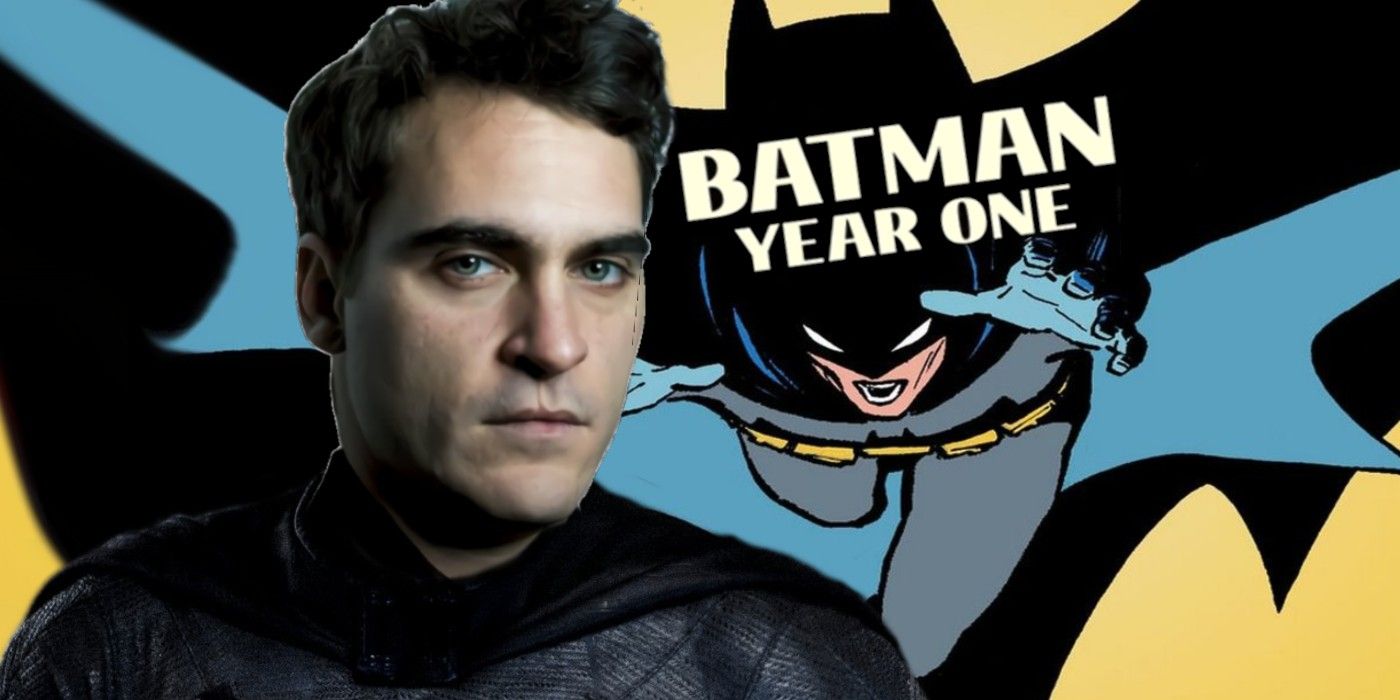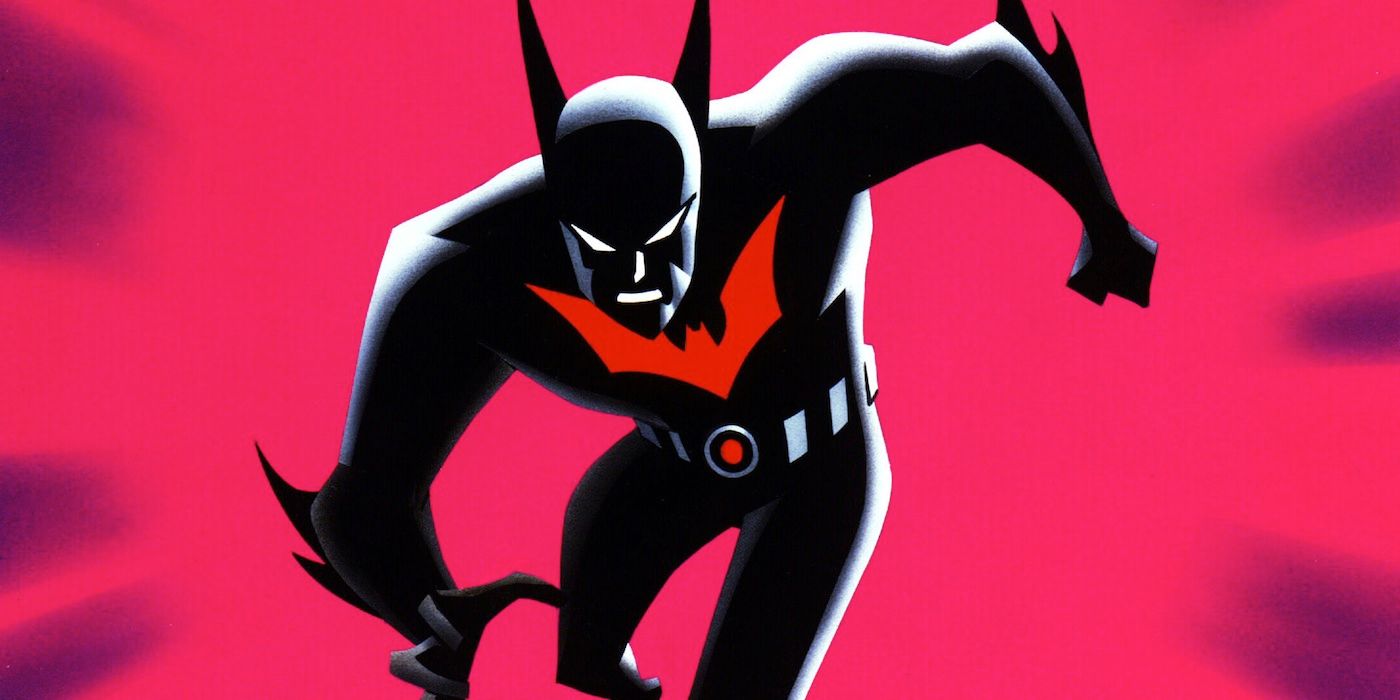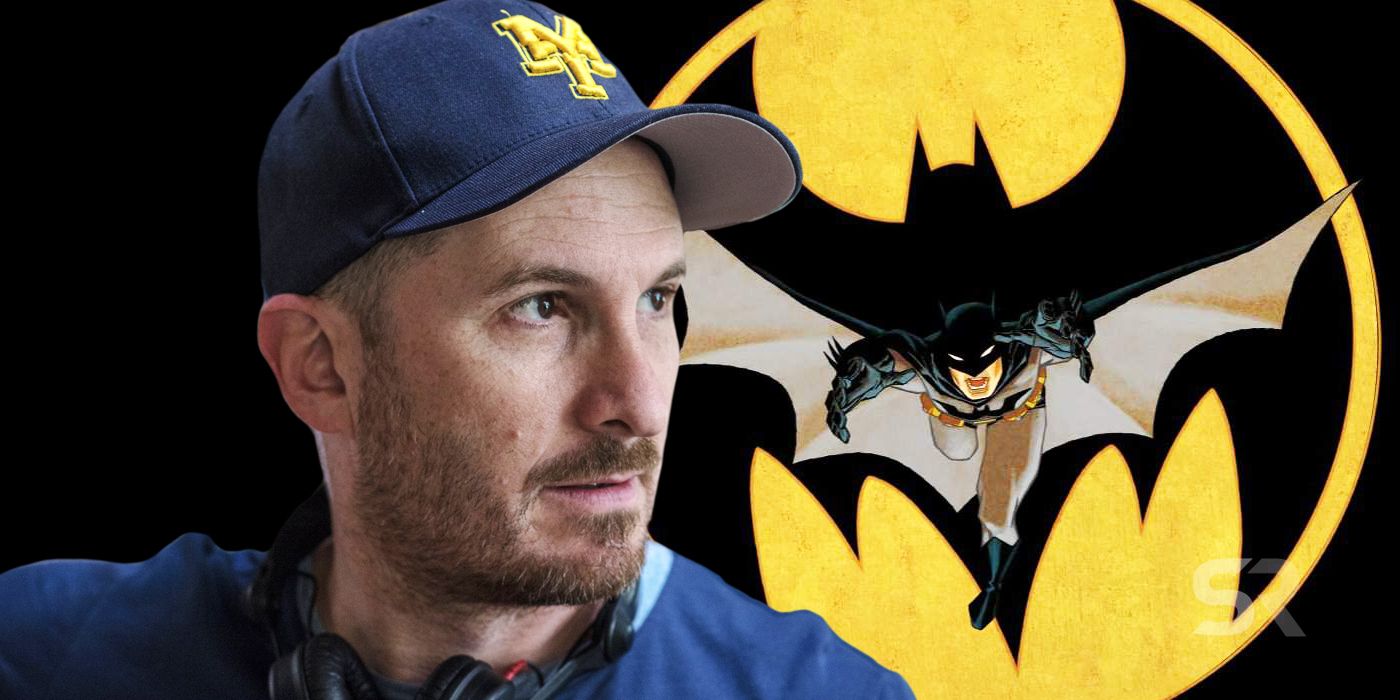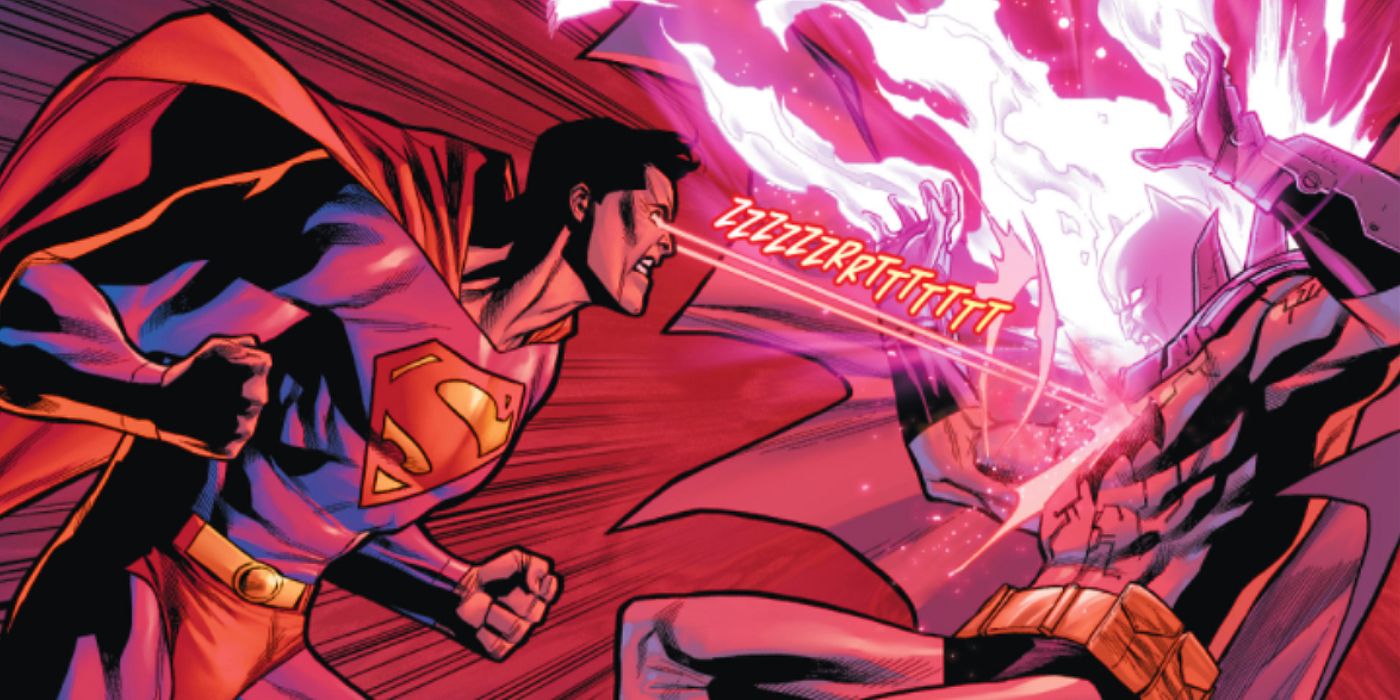
Before Christopher Nolan revitalized Batman (and superhero films as a whole) with 2005's gritty Batman Begins, Warner Bros. entertained several alternative pitches for how to reboot the Dark Knight. Batman is without a doubt the most adapted superhero character of all-time, and that's strictly speaking in live-action Batman adaptations. On the cinematic screen alone, Bruce Wayne and his alter-ego have gone through six different iterations, stretching as far back as 1943's black-and-white serial The Batman, with the most recent version to hit theaters being Ben Affleck's jaded and uber-brutal interpretation in 2016's Batman v. Superman: Dawn of Justice. Between the comics, films, and television shows, if you're a fan of the character then chances are there's a perfect adaptation of the character out there for you.
Batman's cinematic exposure shows no chance of slowing down either. Just in the next three years, fans will be receiving three different on-screen versions of the character; two returning and one completely new. First up, Ben Affleck's Batman will be receiving a much-needed redo of his treatment in 2017's Justice League, as HBO Max is finally releasing the long-awaited Snyder Cut version of the film in 2021. Then, hopefully in that same year (if the coronavirus pandemic hasn't affected the shooting schedule too much), audiences will be introduced to Robert Pattinson's dour version of the vigilante, a hero relatively early on in his career. Finally, when The Flash finally hits theaters in 2022, it will be returning not only Ben Affleck's Batman to the big screen, but Michael Keaton's as well, through some sort of multiversal time travel paradox no doubt.
It's evident that Batman has had a storied cinematic history on-screen that has persisted over 80 years with a number of different and exciting interpretations. However, what most people don't know is that the character almost went through several cinematic transformations that unfortunately never made it to the screen, and most of these occurred between 1997 and 2005, while Warner Bros. was desperately trying to figure out how to save the character from financial ruin.

To the chagrin of fans across the world, in the early 2000s Warner Bros. tried (and failed) to get a live-action Batman Beyond project off the ground. Anyone who had the fortune of being a nerdy child growing up in the late 90s/early 2000s remembers the animated series Batman Beyond, which was a continuation of the DCAU set decades into the far-flung future. Bruce Wayne had retired as Batman after nearly succumbing to his one rule, and Gotham soon became Neo-Gotham, a techno-infused cyberpunk landscape overrun by costumed gangs and supercriminals. The show starts with a misguided youth, Terry McGinnis, stumbling into the Batcave and discovering Bruce Wayne's secret identity. This sets the two characters on a renewed crusade to clean up Gotham City, with Bruce's wisdom and guidance leading Terry to become a hero worthy of the Batman mantle.
The movie was originally intended to release in 2002, with Paul Dini and Bruce Timm themselves attached to write the script. Strangely enough, the director was Boaz Yakin of Remember The Titans fame, as he claimed to be a huge fan of the animated series. While the movie wasn't in development for long enough to solidify casting, rumors circulating around the project at the time suggested that Paul Newman was being discussed to play Bruce Wayne and that Keanu Reeves was shockingly being considered for Terry McGinnis. Unfortunately, none of it came to fruition as talks began to simmer down and Warner Bros. moved on to another potential reboot project.

Around the same time that Warner Bros. was working on developing their live-action Batman Beyond project, they were also entertaining another project from visionary director Darren Aronofsky. In 2001 Aronofsky was fresh off the massive critical success of Requiem for a Dream, which is partly why Warner Bros. approached him and asked him to write and direct an adaptation of Frank Miller's seminal origin story Batman: Year One. Aronofsky specifically wanted Joaquin Phoenix to play Bruce Wayne in the film, although Warner Bros. ironically convinced him to consider Christian Bale in the role as well. Miller himself joined the film as a co-writer and as it began to take shape, executives and fans started to notice it shared virtually nothing in common with either the comic book storyline or Batman as a character.
As Aronofsky and Miller were so delighted to talk about, the movie remixed several major aspects of Batman's origins and made them even more grounded than what we would see in the Nolan films. That approach would have been similar to the more grounded approach Aronofsky's canceled The Wolverine would have sought too. For starters, when the Waynes are killed, Bruce actually loses access to his fortune, making him a poor and destitute orphan on the streets of Gotham. Instead of being raised by Alfred, Bruce is discovered and raised by "Little Al," a black man who owns an auto-repair shop in Gotham City. It's in this shop that Bruce begins crafting this film's version of the Batmobile from the shell of an old Lincoln Continental. Even Bruce's decision to take up the Batman moniker is by chance; instead of a bat flying through his window, the idea comes to him when a ring bearing his father's initials leaves a Bat-shaped imprint on the face of a criminal.
Naturally, fans were not keen on the idea of most of these changes when they were revealed. Despite being an interesting setup for a film, it shared little in common with the core traits of the character of Batman. The studio was more or less onboard until they realized that Aronofsky's film would require a hard R-rating, something they weren't willing to pass off on. This led to Warner Bros. yet again passing on another pitch and moving on to something a little bit bigger in scale.

Soon enough, after all the rejected pitches and canceled spin-offs, Warner Bros. began to turn to more outlandish concepts. Neither Superman nor Batman had ever crossed over on-screen before (despite a history of doing it in the comics for a little under 50 years at that point), and since the early 2000s were still a ways off from the cinematic domination of the MCU, comic book properties crossing over on-screen was an unheard-of concept. But, out of other ideas, Warner Bros. turned to Andrew Kevin Walker to write a script for a Batman vs. Superman film, one that would have seen an aging Bruce Wayne come out of retirement to hunt down The Joker after the supervillain murdered his fiance. Of course, Superman would refuse to allow his old friend to cross that line, and the titular conflict would occur between the two heroes as the result of opposing morals.
With Wolfgang Peterson attached to direct, it's hard to see why the film never materialized. The studio was aiming for a 2004 release date, and at the time, the two characters colliding on-screen would have undoubtedly been a massive box office success for Warner Bros. Unfortunately, fate would have it that the studio would become more enamored with Superman: Flyby, another project that never came to be, and eventually Christopher Nolan stepped in and took over the keys to the Batman kingdom for the next couple of years, starting with Batman Begins, of course. While none of these projects were made in their original state, it's incredibly interesting to see how elements of each of them were adopted into different films down the road, showing that even in Hollywood, the death of a project doesn't necessarily mean it's ever truly dead.
from ScreenRant - Feed https://ift.tt/2DAPqgR

0 Comments